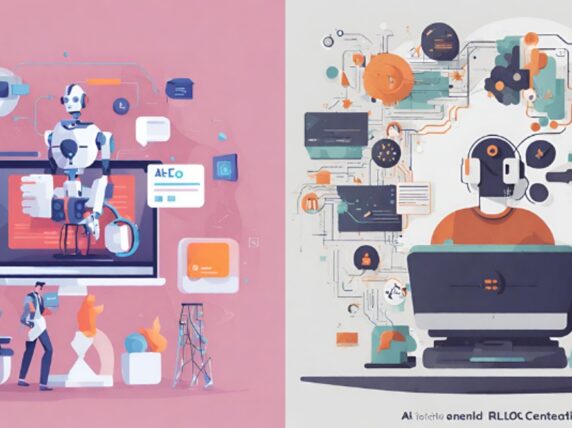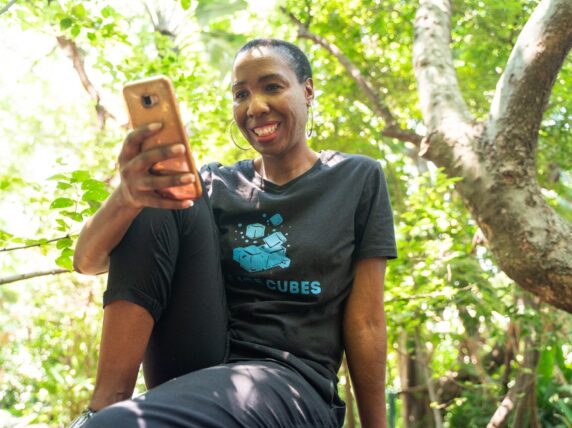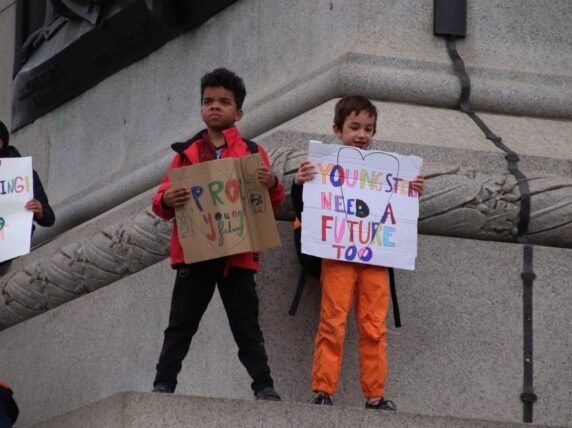Youth, locally led development and participation in the SWANA region
Empowerment or entrapment?
Local communities across Southwest Asia and North Africa (SWANA), and others worldwide, demand a seat at the table when deciding their futures. Colonial legacies and internal complexities cast a shadow on true autonomy, thus undoing any strides made in citizen engagement across the SWANA region.
In 2016, The Grand Bargain was initiated, placing those who receive aid at the center of the decision-making process and supporting them to take agency—a ‘Participation Revolution’. Fast forward to 2022, the key enabling priorities of the Grand Bargain are Localisation and Participation. To achieve its strategic objective of ‘Better humanitarian outcomes for affected populations through enhanced efficiency, effectiveness, greater accountability, and strengthened partnerships, in the spirit of quid pro quo,’ equitable participation and locally led development are the two essential focus areas.
The MENA-OECD Governance Programme, a regional framework on Local Governance and Public Participation, aims to foster cooperation between the countries in the SWANA region. Despite this, only Morocco and Tunisia have regional local governance and public participation projects.
Despite their imperative role in success, both localisation and participation have seen slow progress, hindered by challenges in cultural shift, redistribution of power, reluctance to change, lack of donor coherence, constant crises in the region, and an uncoordinated aid sector.
But there’s hope. Young people, demonstrating resilience, are leading positive change in their communities. Throughout the SWANA region, 55%—more than half of the population—is comprised of people under 30, compared with 36% in OECD countries. Despite their demographic prominence, youth in the SWANA region face a myriad of roadblocks. These include low trust in public institutions, high unemployment rates—one of the world’s highest—and constant threats to life in conflict-affected areas, among others.
The COVID-19 pandemic has also further exacerbated these obstacles. A 2021 survey by the Arab Barometer revealed differing confidence levels among young people aged 18-29, particularly in the protection of their civil liberties, such as the freedom to express opinions and participate in peaceful protests and demonstrations. This leads us to the conjecture that for any successful locally led development, equitable youth participation is a key determinant in the SWANA region.
But what is stopping them? Is it a lack of recognition from decision-makers of youth potential and the opportunities their demographic prominence presents? We would suggest otherwise. Young people are often seen and promoted as “leaders of tomorrow,” resulting in an abundance of youth-focused development efforts.
Yet, young people still face the same challenges. Perhaps, “seeing” and “promoting” young people as future leaders is therefore not enough. They need to be heard, not just seen, and they need real opportunities to participate, gain hands-on experiences, and be equipped to lead today in preparation to lead “tomorrow”.
In today’s landscape, many recognise the significance of youth participation in locally led development, including local youth themselves. this means the involvement of young people in decisions that affect their lives. It is reflected in various top-down and bottom-up efforts within the region.
Examples include “invited” spaces, where a government invites youth into a decision-making process, like the government-initiated World Youth Forum in Egypt to discuss social and economic issues collaboratively. In Jordan, the first Youth Advisory Council (UNYAC) was established in alignment with the UN Youth Strategy 2030. This council serves as an advisory board to inform the work of the United Nations on youth affairs in the Kingdom.
However, closed spaces and the limited effectiveness of other invited or government-led initiatives have pushed young people to create their own spaces. Examples include the You Stink movement in Lebanon, where youth organised demonstrations and protests against government corruption, which led to a waste management crisis in 2015.
Youth4Climate in Morocco, a youth-created organisation focused on environmental issues, provides a platform for young activists to address sustainability challenges. Moreover, one of the most powerful tools young people use to claim their own spaces is using online and social media platforms. A striking example lies in the impact of youth participation in the ongoing war on Gaza. Local young Palestinians are actively documenting the situation on the ground, while global youth are using a diverse range of tools to advocate and call for action.
However, merely focusing on expanding youth participation is not enough. It could slip into a form of tokenism if not done inclusively and effectively.
The focus should be on not only creating spaces for participation but also working on deepening participation, making it more inclusive and substantive.
There has been some incredible work completed on youth participation, and there are plenty of experiences to learn from. Drawing from such experiences, we conclude here, leaving you with a few questions to reflect upon in regard to participatory efforts with local youth.
- WHAT are the objectives of the program? How can opportunities be created for participants to be involved in the creation or revision of these objectives?
- WHOSE voices are heard and included?
- WHERE is this participation taking place? Is it accessible for everyone?
- HOW will the approaches used encourage participation and creative and critical thoughts? Which processes better foster respect and inclusion between participants?
- Young people’s well-being should always be the main priority. What SAFEGUARDING methods are used to balance protection and participation? What measures are needed to protect participants’ social, political, and material safety?
It is our duty as a sector working with young people to be truly collaborative. Everything starts with asking difficult questions. How committed are we to working towards inclusive and substantive youth participation? The answer to this question is not only influenced by our intentions but also by our resources, time, knowledge, and other constraints.
There is always room to try more, be ambitious and learn as we go. Whether we work in a government body, NGO, or any other institution working with young people, or we are a youth-led organisation, there is always room to create more participatory spaces and deepen that participation. We just need to take time to reflect, keep an open mind to learn, and be brave enough to adjust as we go.




